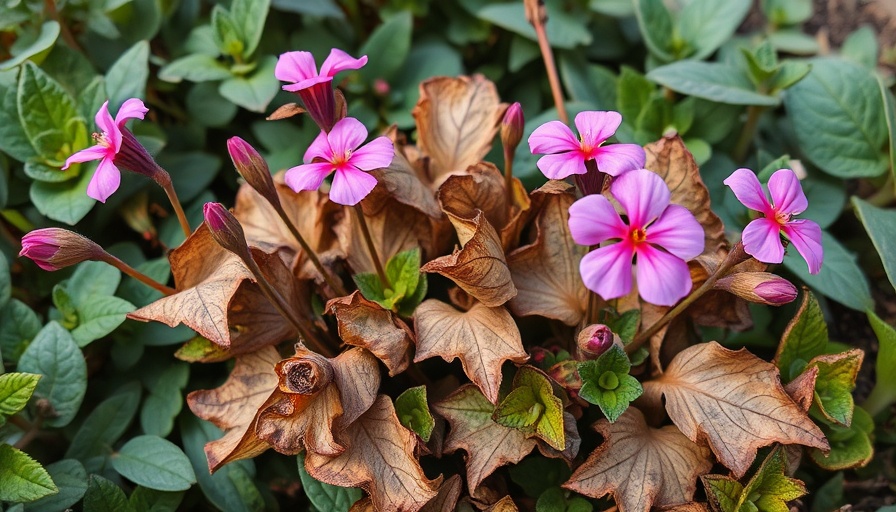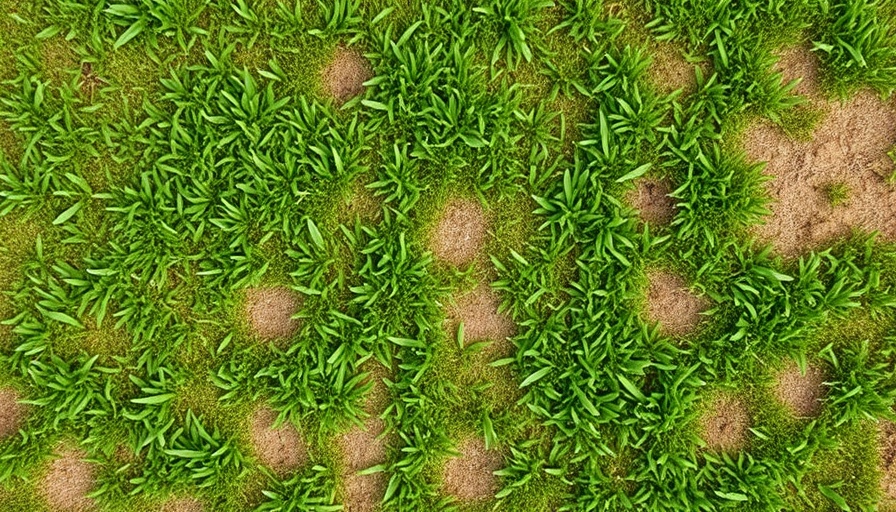
Discover Effective Strategies to Prevent Cracked Tomatoes
As the gardening season comes to a close, there’s nothing more disheartening than discovering your hard-earned crop marred by cracks and splits. Whether you’ve been nurturing a small vegetable garden or a sprawling backyard cultivation project, the sight of damaged tomatoes can leave you feeling defeated. But despair not! With a few deliberate actions, you can reduce both the occurrence of cracked tomatoes and salvage the ones that are affected.
Understanding the Causes of Tomato Splitting
Cracked tomatoes are often the result of rapid changes in moisture levels. This condition is typically observed when tomatoes experience periods of drought followed by heavy rainfall. As the tomato plant absorbs an excessive amount of water, the flesh swells more quickly than the skin can adjust, leading to splits. You’ll notice two common types of cracks: concentric cracks forming in a ring pattern (often seen in beefsteak varieties) and vertical splits running down the sides of the fruit. While concentric cracks are generally harmless, vertical splits can compromise the integrity of the tomato.
Quick Cures for Cracked Tomatoes
Effective management of your watering habits can go a long way in preventing splits. Here are several actionable strategies to implement:
1. Start Watering Consistently
Maintaining a regular watering schedule is critical. Infrequent watering can trigger the plant to halt growth in dry conditions, resulting in increased vulnerability when it finally receives moisture. Aim for a steady supply of water during growth, ensuring the soil is moist but not overly saturated.
2. Add Mulch to the Soil
Applying mulch around your plants can help retain moisture and regulate soil temperature. By creating a buffer against environmental fluctuations, mulch works to diminish the risk of splitting. Decomposed leaves, straw, or grass clippings make excellent choices for organic mulch.
3. Optimize Soil Quality
A key factor in preventing tomato splitting is ensuring you have well-draining soil. A mixture that includes compost or manure will not only nourish your plants but will help maintain adequate moisture levels more effectively.
4. Utilize Automated Watering Hacks
Consider employing simple devices for automated watering to keep soil moisture consistent in times of variable weather. Homemade watering devices like slow drip systems can provide targeted watering to your plants without over-saturating the soil.
Future Trends in Tomato Farming
As we continue exploring plant care, new technologies like moisture sensors are on the rise, providing real-time data to gardeners on soil conditions. Such devices allow for more precise watering, mitigating the risks of over or under-watering that cause splitting.
Emotional Value of a Healthy Garden
Gardening can be a deeply fulfilling hobby, with each successful harvest feeding not just the body but also the soul. Homegrown produce carries intrinsic value—there's a sense of satisfaction and accomplishment in transforming barren soil into a fruitful garden.
Common Misconceptions About Tomato Care
Many gardeners believe that watering less during hot days is advisable, thinking it prevents spoilage. In reality, consistent watering can help fortify the tomatoes against weather-induced stress.
Whether you’re a novice or a seasoned gardener, these tips can help you nurture your tomatoes to avoid the unsightly appearance of cracks and splits. Your commitment to care not only enhances your gardening skills but also reaps bountiful rewards in return.
For expert outdoor care, consider contacting your local lawn care provider, Norther-LawnCare.com, at 231-450-3414. With winter not far away, ensure your yard is ready year-round!
 Add Row
Add Row 
 Add
Add 


Write A Comment